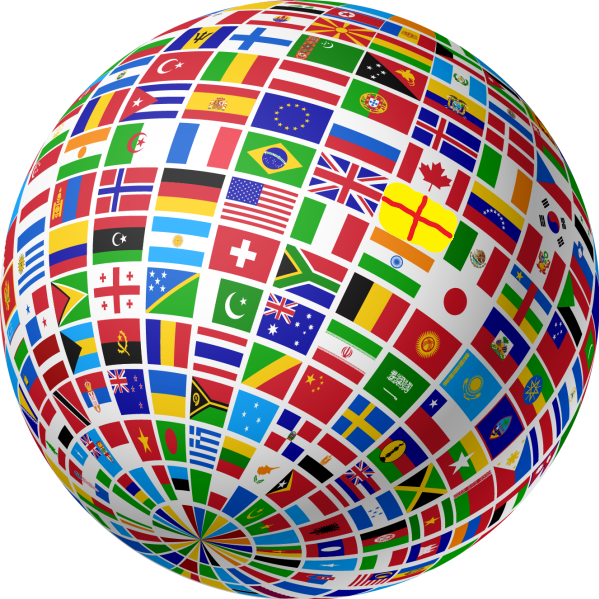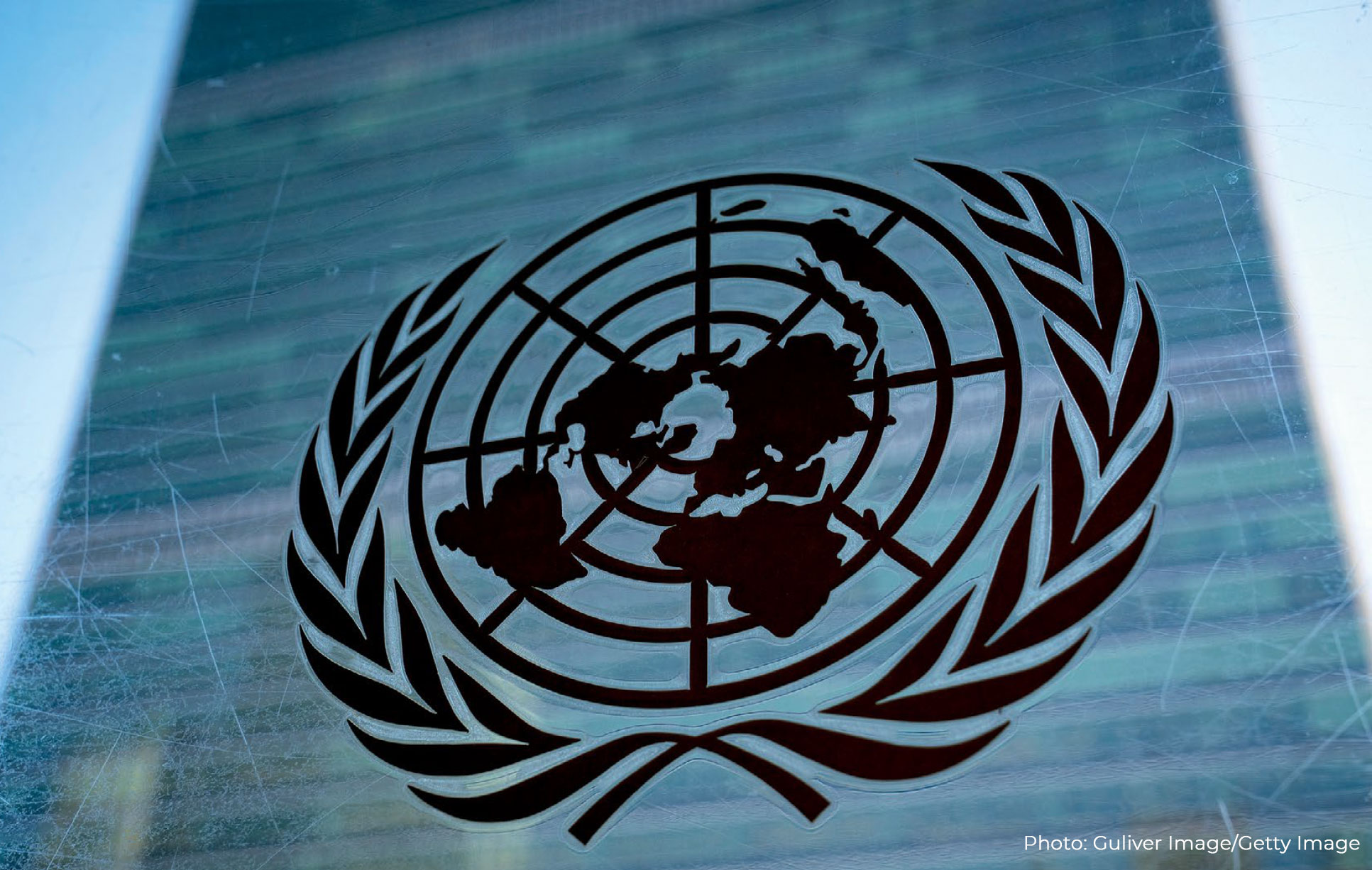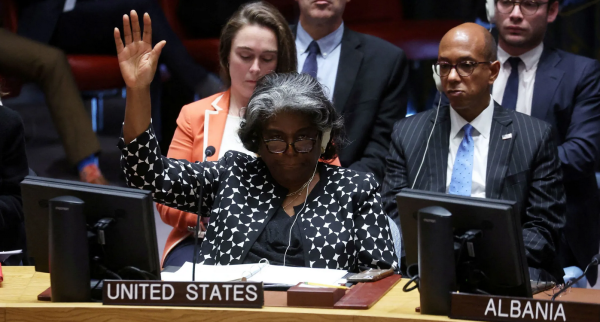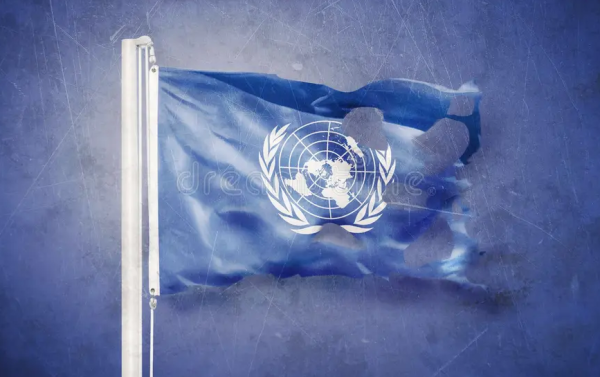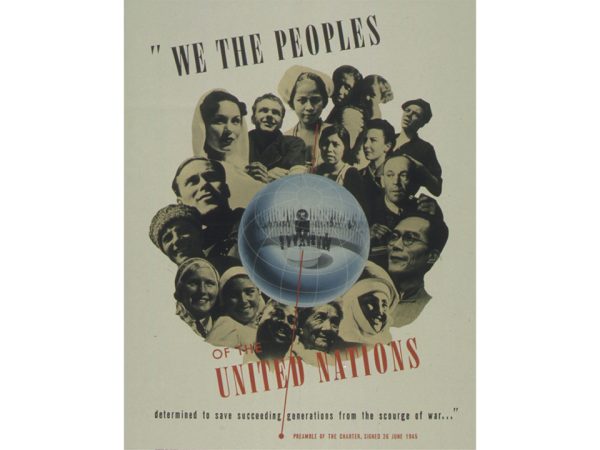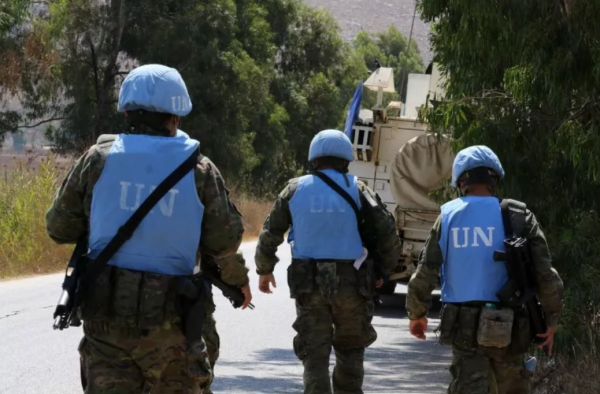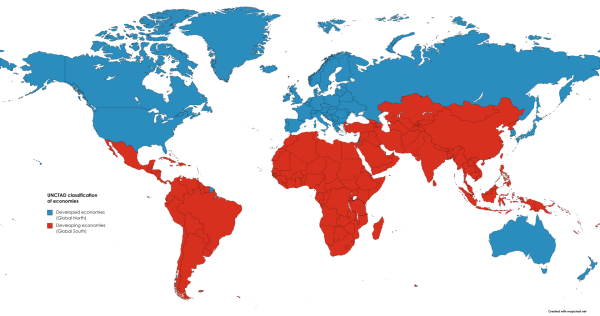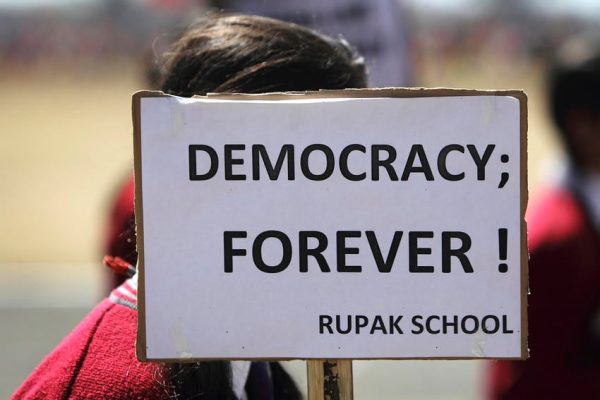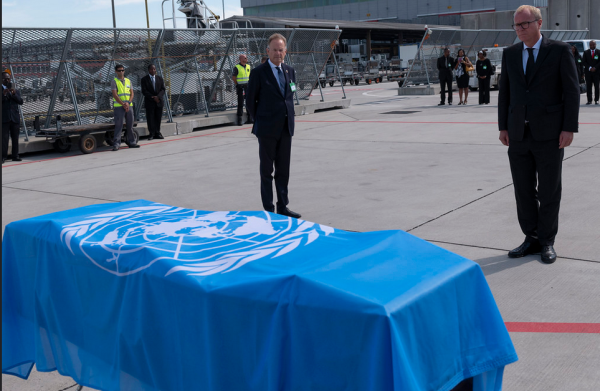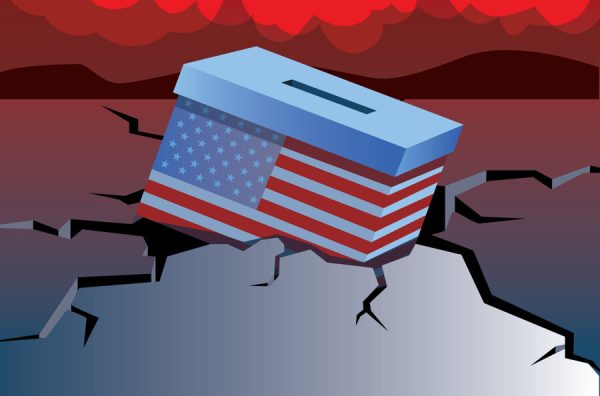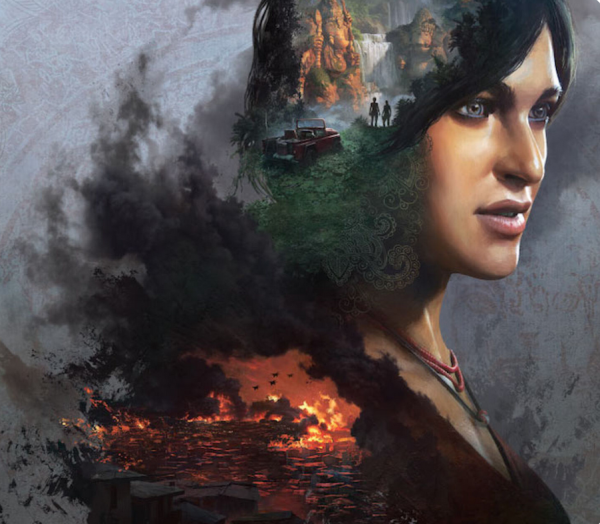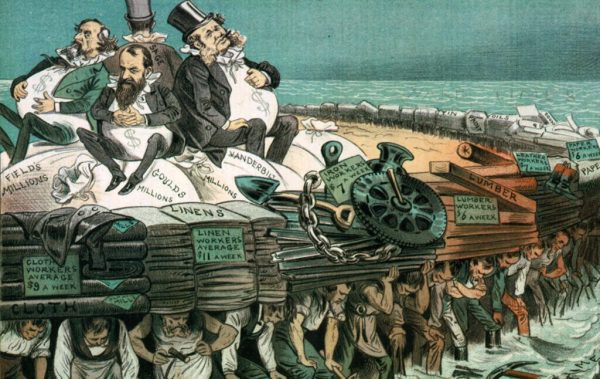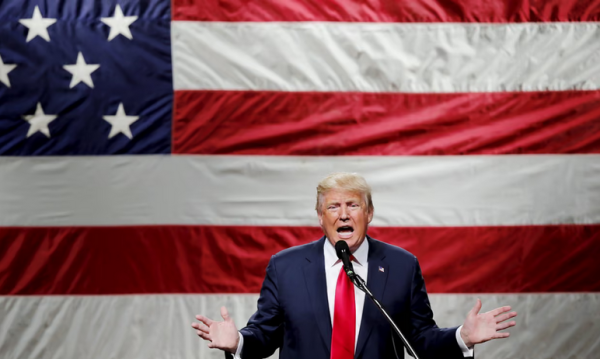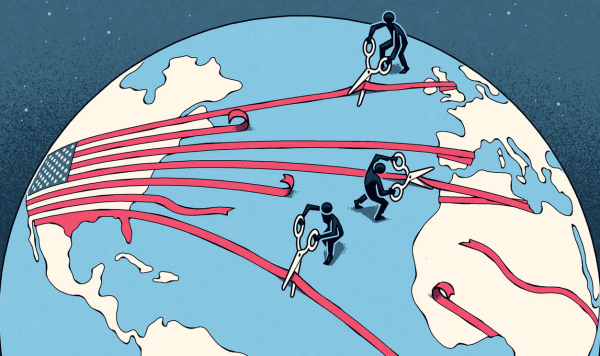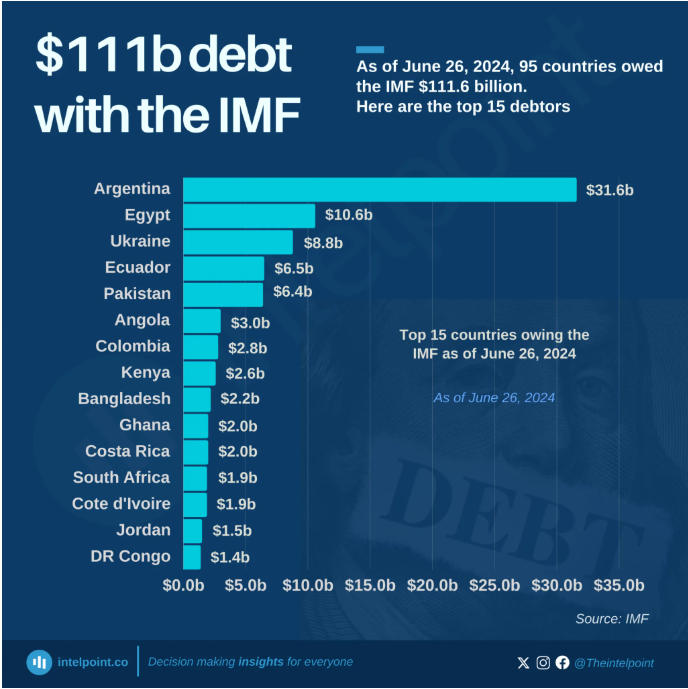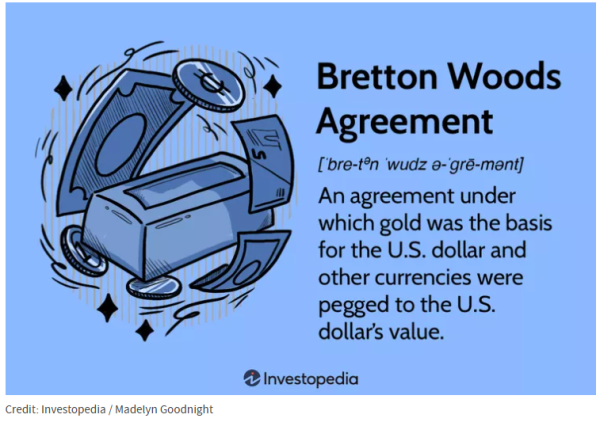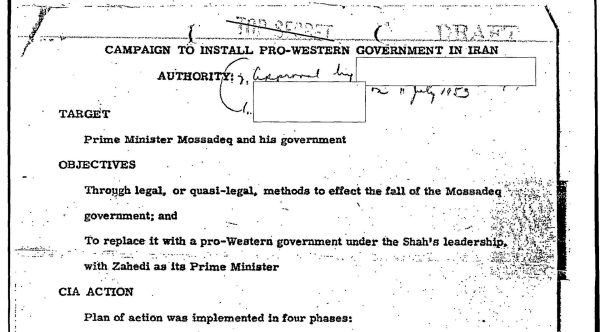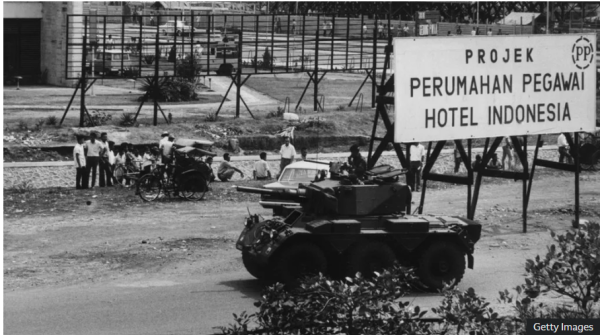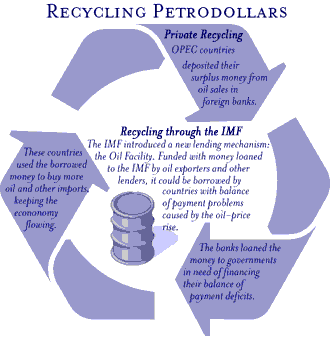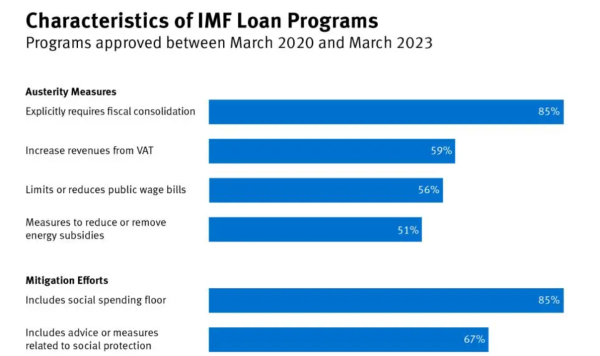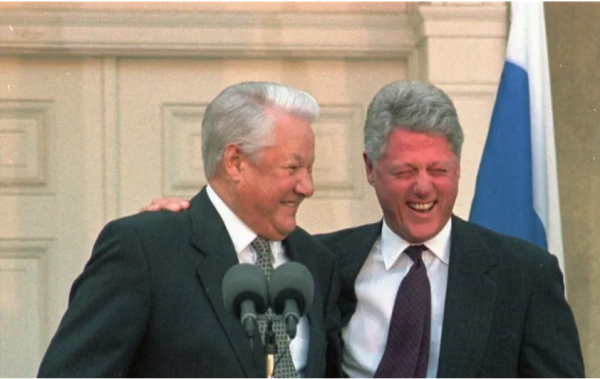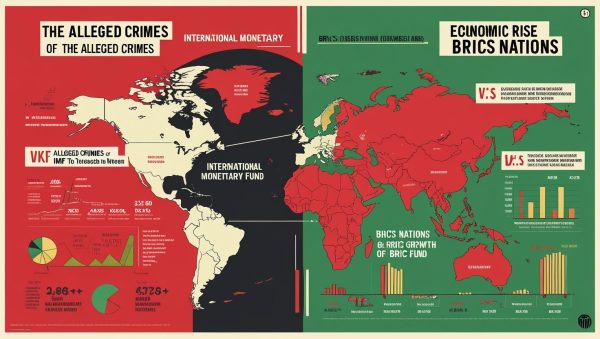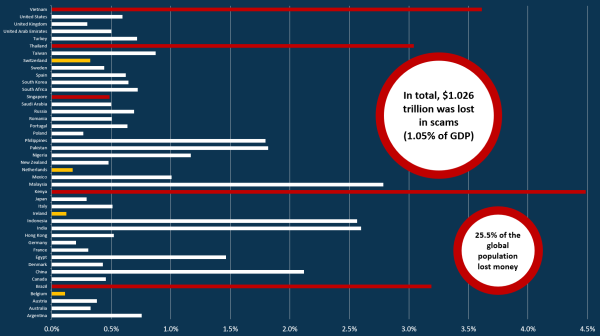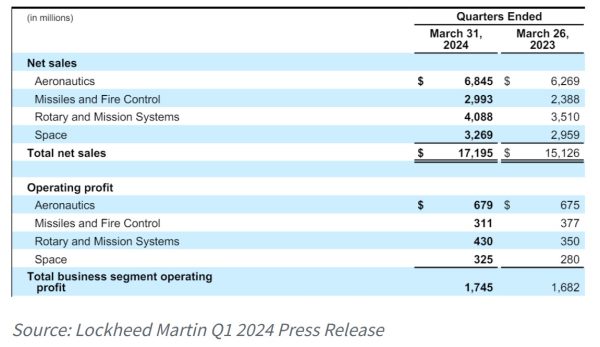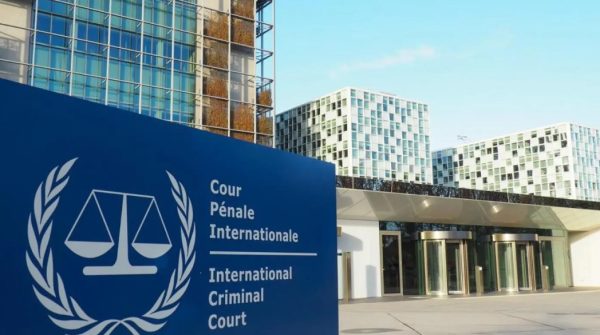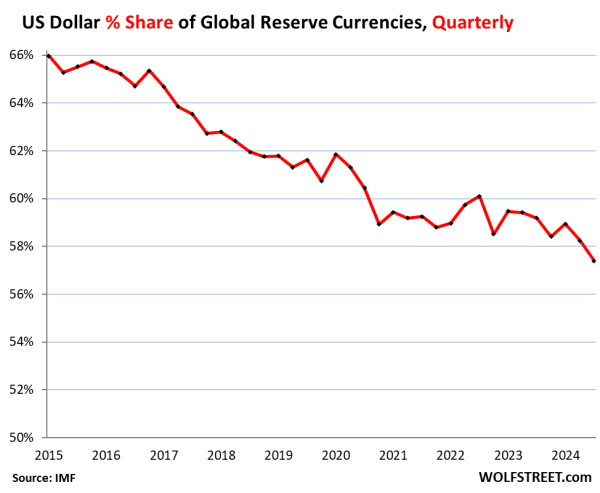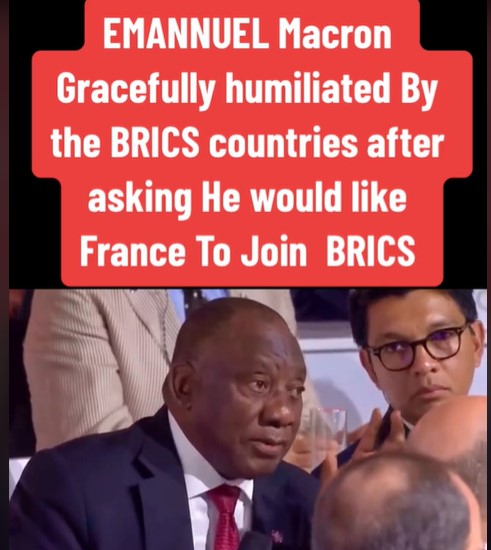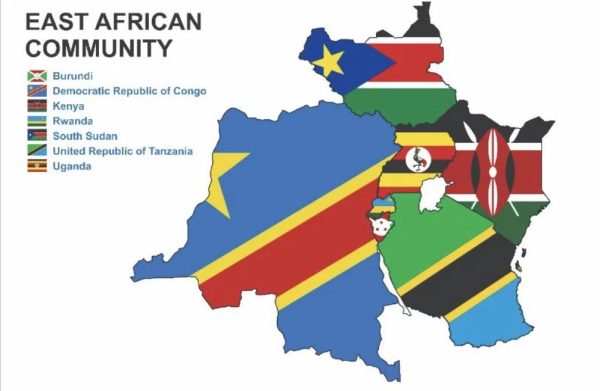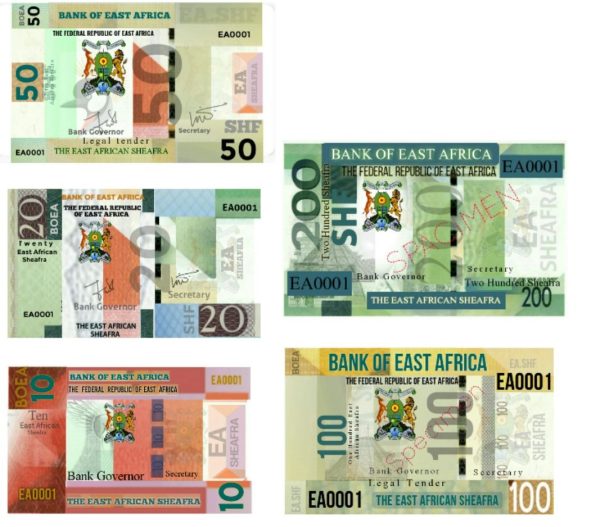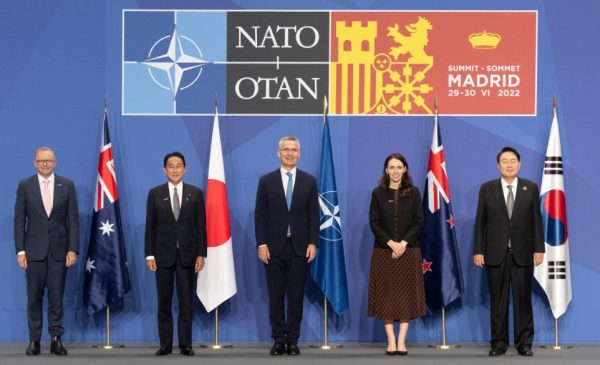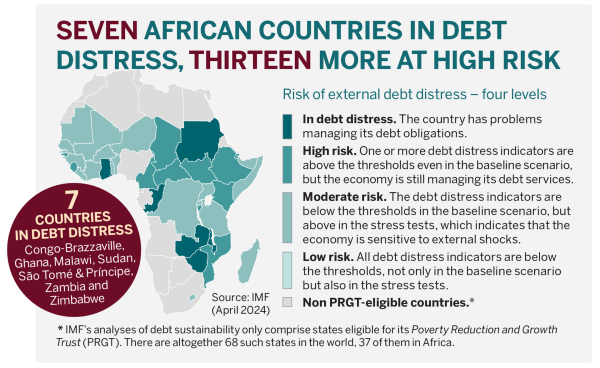
The Philippines: Where Western Legacy Meets Eastern Resilience
Nestled in the heart of Southeast Asia, the Philippines is more than an archipelago of over 7,000 islands; it is a nation of profound contrasts. It is a place where ancient Malay roots intertwine with centuries of colonial imposition, where deep-seated Catholic faith coexists with enduring animist traditions, and where a vibrant democracy is perpetually tested by the shadows of oligarchy and corruption. This is the story of a people whose famous resilience—lakas ng loob—has been forged through a history of resistance and adaptation.

Cultural & Social Aspects: A Tapestry of Imposition and Adaptation
A blend of East and West is the cornerstone of Filipino identity. But to truly understand it, we must look deeper than just influence; we must see it as a layered history of resistance and assimilation.
- The Spanish Imprint (1565-1898): The Spanish didn’t just influence religion; they systematically rebuilt society. They introduced the encomienda system, a precursor to feudal landownership that created a powerful landed elite class—the ilustrados and later, the oligarchs who still wield significant power today. Catholicism was a tool of pacification, but Filipinos syncretized it with pre-colonial beliefs, creating a unique folk Catholicism where church rituals blend with indigenous spirit-world traditions. This is evident in festivals like Pahiyos:

Image 2: …at Lucban, Quezon Province. or the intense, sometimes bloody, devotion of Black Nazarene:

Image 3: In a homily at Mass ushering the feast of the Black Nazarene, Cardinal Tagle urged devotees to distinguish between true devotion and fanaticism. - The American Alteration (1898-1946): Following the controversial Treaty of Paris (where Spain sold the Philippines to the U.S. for $20 million), American rule was framed as “benevolent assimilation.” This period was arguably more transformative in daily life than the Spanish era. The Americans established a universal public education system taught in English, effectively making the Philippines one of the largest Anglophone nations in the world. This created a cultural pipeline that persists today, fueling the massive Business Process Outsourcing (BPO) industry and the exodus of nurses, teachers, and seafarers (OFWs) to the West. The American model of government was also implanted, though it would be constantly manipulated by the local elite.

Image 4: Ten days after Spain sold our country to the United States in the Treaty of Paris, another American invasion of The Philipines took place on this day in 1898. President William McKinley issued a proclamation, which he called “Benevolent Assimilation”, in which the United States declared that they would now subject The Philipines to their rule and that the military would carry out the scheduled annexation of The Philipines. - The Core Concept of “Kapwa”: Beyond the Western imports lies a core indigenous value: Kapwa. This is a profound concept of shared inner self, recognizing the fundamental interconnectedness of all people. It is the philosophical root of Filipino hospitality (pakikitungo), camaraderie (pakikisama), and the deep-seated sense of community and family (pamilya). This is why, despite the Western individualistic framework of their institutions, Filipino social life remains intensely communal and collectivist.

Image 5: The concept of kapwa is not merely a cultural expression; it is a way of life for Filipinos. In a world often characterized by individualism and competition, the Filipino belief in interconnectedness offers a refreshing perspective on what it means to live in harmony with others.
Continue reading The Philippines: Resilience and Resistance in an Archipelago of Contrasts
